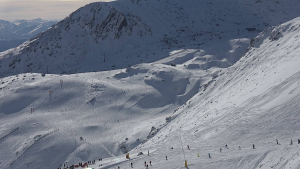Backcountry Awareness – A Few Tips For When You Go Beyond The Boundaries
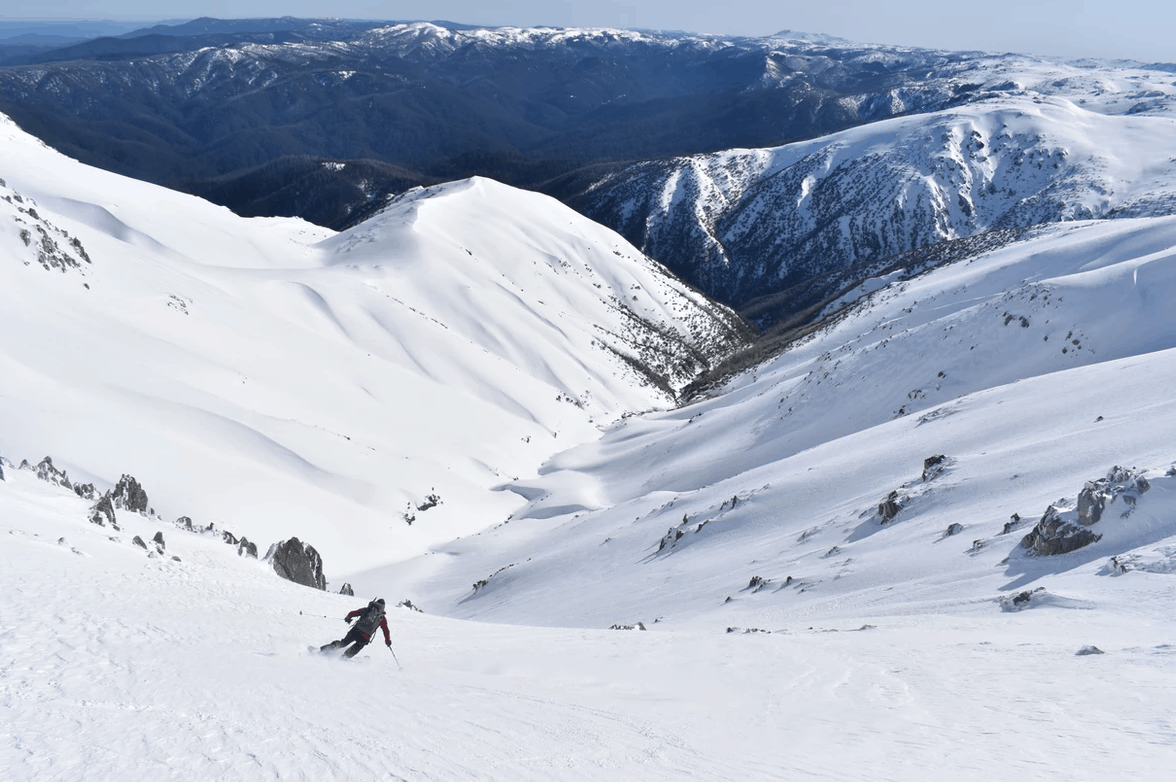
Mountainwatch | Doug Chatten
Over the past few years, more and more people have been heading into the backcountry and the ease of using crossover ski boots, hybrid ski bindings and split boards has led to backcountry gear being one of the strongest segments in the snow industry.
Both Victoria and New South Wales offer an incredible backcountry experience, much of it easily accessible from the ski resorts, which can lead to problems for backcountry novices.
So, if you’re thinking about heading out of the resort boundaries for the first time, use your commonsense, do not underestimate the backcountry and go with someone experienced.
The old adage is “Know Before You Go”, and Doug Chatten from Snowy Mountains Backcountry has over 30 years experience in the backcountry and he knows more than most.
Here are someof Doug’s basic tips for the backcountry novice:
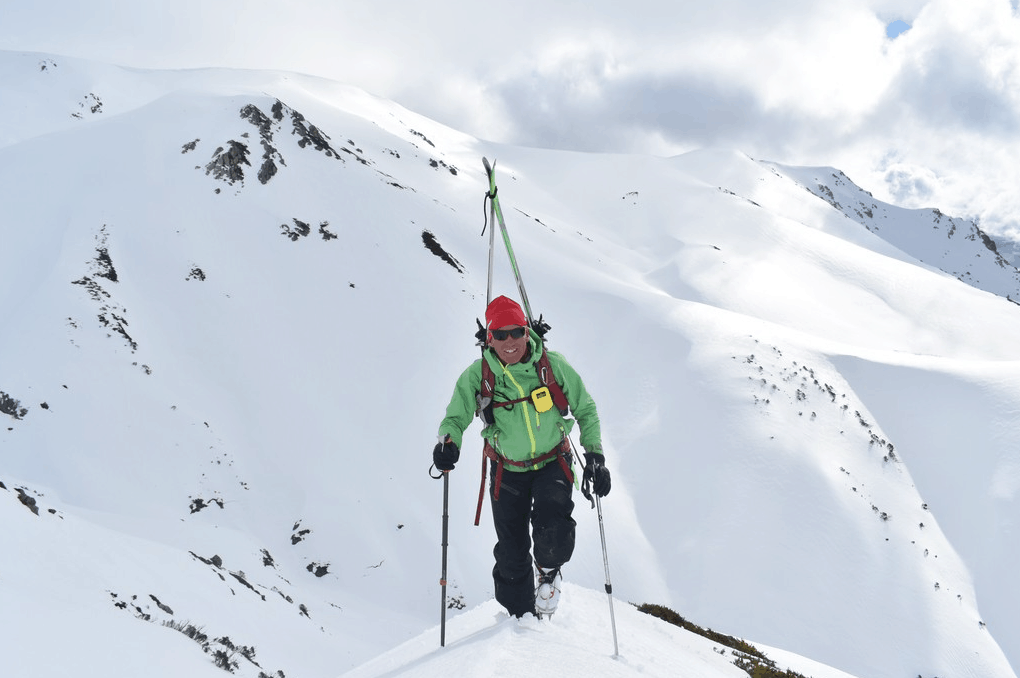
Backcountry Awareness Tips : Pre-Trip Planning
Pre-trip planning starts by thinking your tour through in its entirety as best you can, which helps to formulate a realistic and achievable experience. Due consideration will identify weaknesses which can be averted, allowing you to maximise your day and increase your safety margin. Contingency plans are a must, allowing you to have a plan B if required and cater for unexpected accidents, illness or mechanical failure.
Many considerations are interconnected and will adversely affect one another, so a mishap in one area could become a compounding problem.
Route Plan, Gear, Group: Too arduous a route plan could exhaust lesser experienced group members who are on gear set ups that are too heavy for that tour
Gear Selection, Experience, Comms, Emergency Gear: A poorly fitting skin could see a group member with less technical experience fall on an icy climb and take a long slip. Without comms they would be unable to raise the alarm. Then they will wish they’d brought along that emergency shelter.
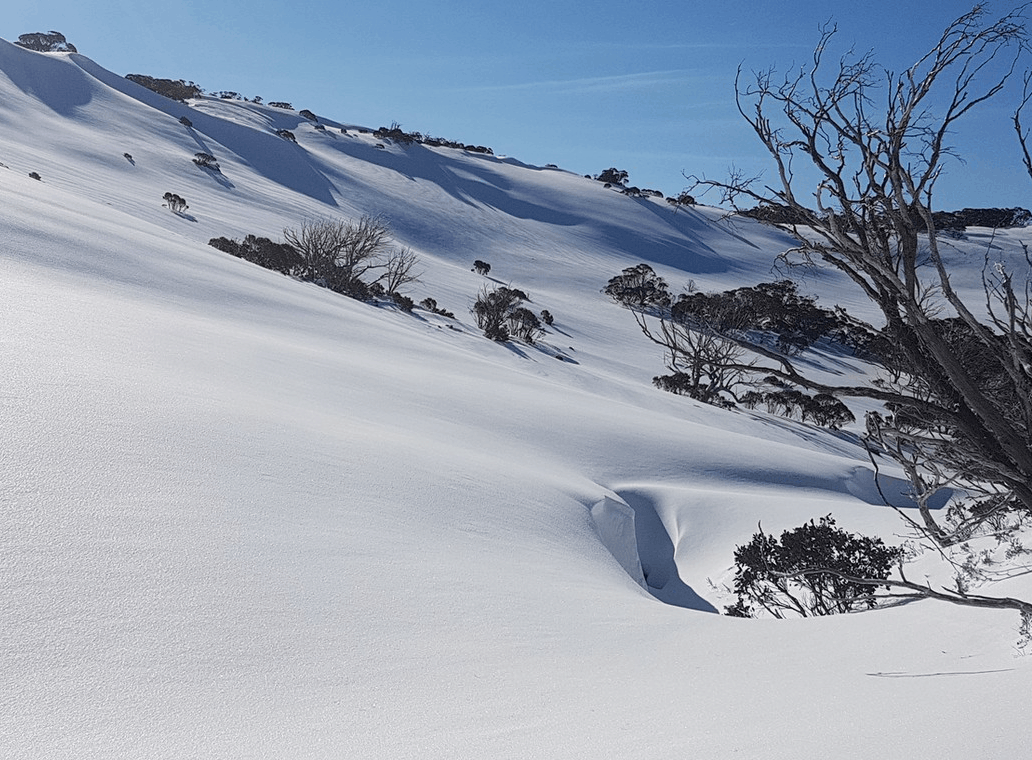
The following points are not a gear list but some of the considerations when planning for a backcountry mission.
* Realistic route plan to suit the group – how much time is available, is the group up to it
* Contingency plans – not having an alternate plan could see you waiting in an uncomfortable situation, set your intentions and preferably only divert to your contingency plans when necessary.
* Know the forecasted weather conditions
* Skill level, experience and endurance capabilities of your group, considering your least experienced members
* Equipment selection suited to proposed route – heavy weight rig wouldn’t be suited to a long-haul approach, if steep or icy you’ll be needing your crampons
* Equipment condition – a poorly-fitting skin or old glue could see you wasting energy struggling on an icy ascent. Do you have a repair kit?
* Approach conditions and access – what elevation is the snowline at, does your pack have good ski carry?
* Don’t over engineer or gear your aspirations too highly. Consider what you want to achieve and be ready to reduce your intentions…. contingency plans! It’s ok to turn back!!!
* Be aware of the current snow pack conditions; recent instability, cornice formation, wind drifting, icy surface, snow bridges
* Trip Intentions; leave detailed info with a responsible person
* Comms – phone, PLB, spare battery bank, GPS
* Emergency Gear – you should have enough gear to endure for 24hrs. An insulation jacket, (down or synthetic) and a lightweight emergency shelter like the Vango Bothy bag and a shovel will serve you well if necessary.
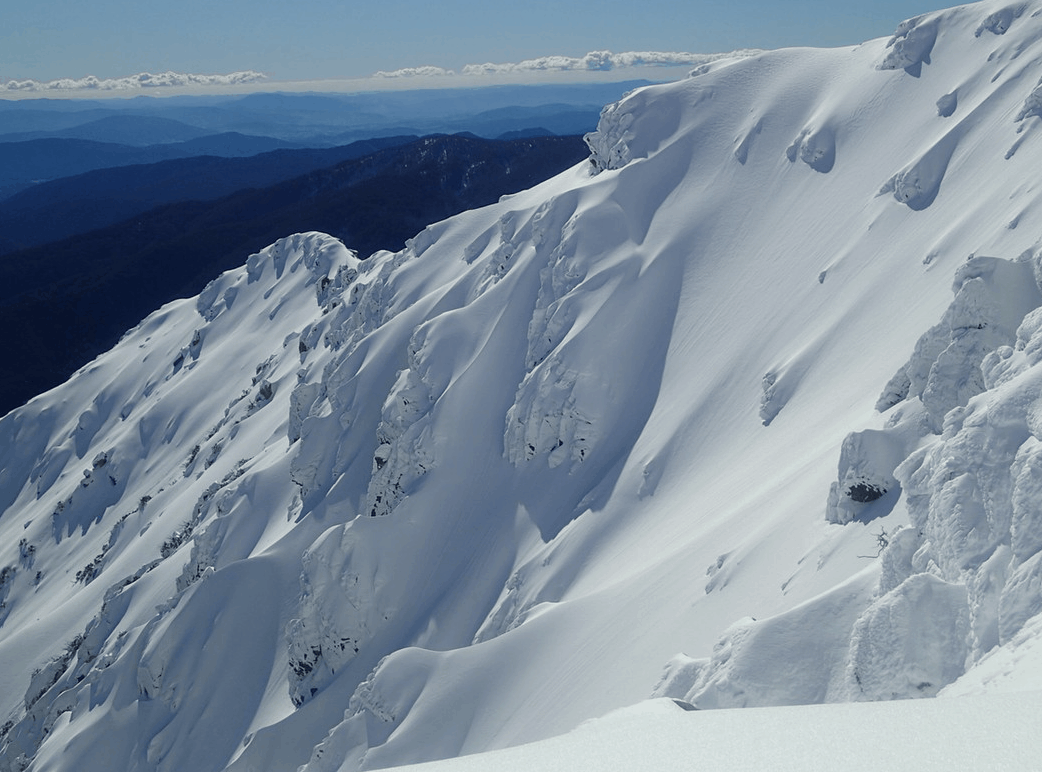
It is very important that aspiring backcountry enthusiasts undertake tours that suit their skill level, journeying not far from the trail head and making a point of debriefing their experience and processing the results. As skills, knowledge and experience develop their safety margin is increased allowing them to undertake more complex tours.
For more tips from Doug and information on backcountry tours in the Snowy Mountains head to Snowy Mountains Backcountry or drop into SMBC headquarters at Guthega.
